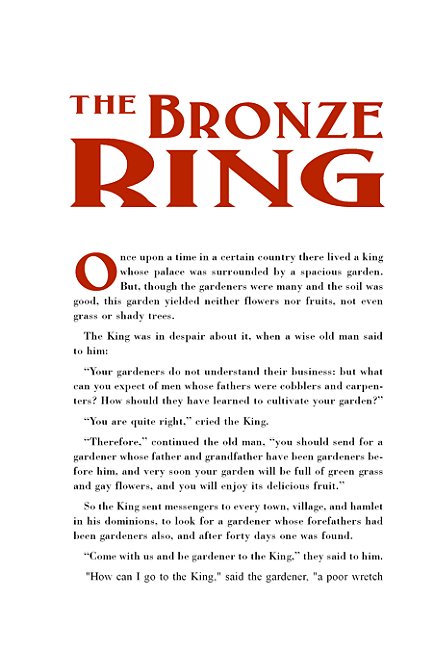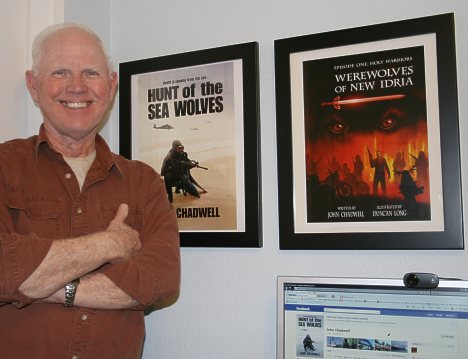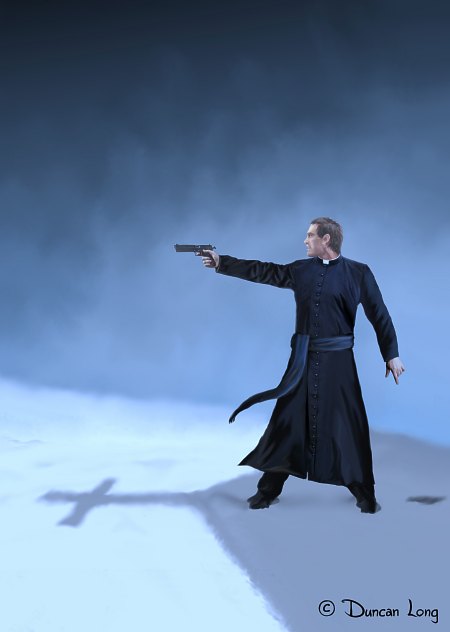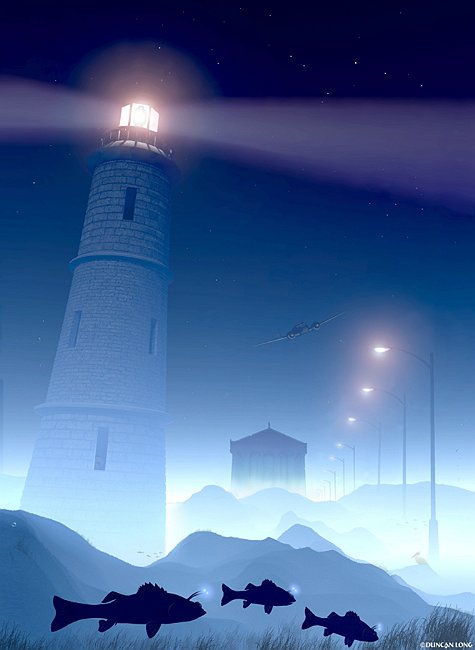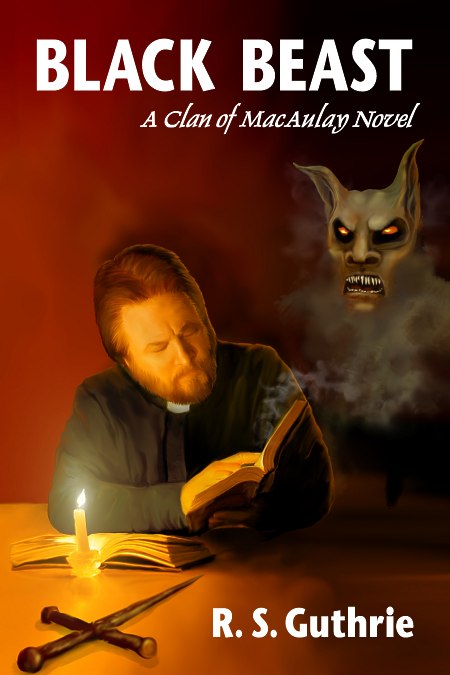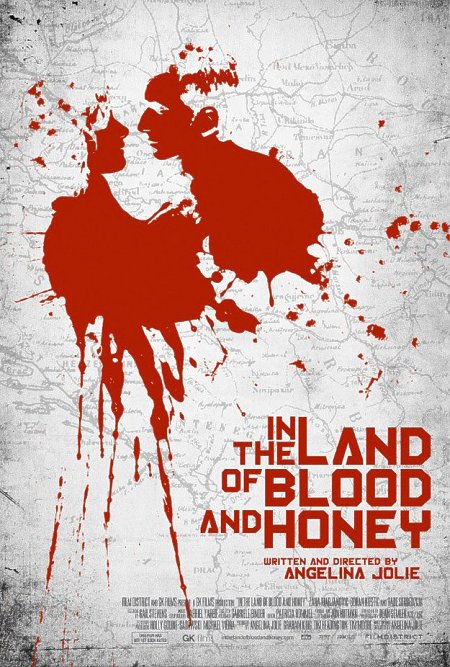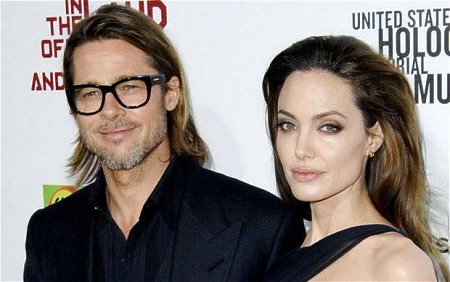The Secret of Success (for Authors)
filed in Publishing Industry, Self Publishing on Jan.31, 2012
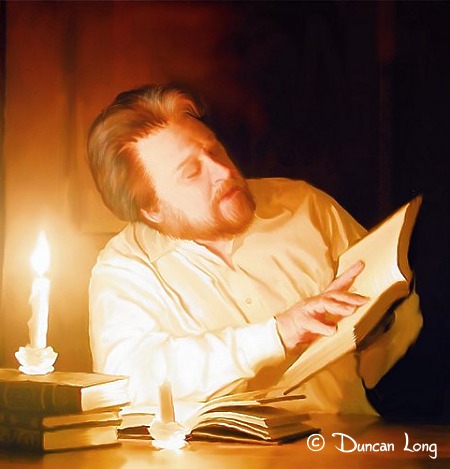
I’ve been working in the publishing business for several decades. While I’m now making my living mostly as a book illustrator, I’ve had the good fortune to see over 100 of my own books go to print, including 12 novels with HarperCollins and another with Avon, and a slew of technical books and how-to manuals with Paladin Press, Delta Press, Lyons Press/Globe Pequot, and others.
I’ve had the pleasure of ghostwriting over a dozen titles for TV, radio, and stage celebrities. Some of my technical manuals even wandered into the private libraries of the CIA, US Marines, FEMA, the FBI’s FTU (Firearms Training Unit), and other government agencies. Excerpts from a couple of my books have appeared in US Congressional hearings (this last possibly being in the “mixed blessings” column).
Part of my success has been due to powers beyond my control; I was at the right place at the right time and the Lord took pity on my feeble efforts. Some of the gigs were due to the need for illustrations with text — I could supply both and thus landed some jobs by default. Being ready to tackle a job at a moment’s notice when it’s offered has been key sometimes.
But my biggest secret for success, and one any budding writer or even a pro can always put to good use, is persistence. I’ve seen talented writers fall to the wayside because they lacked the ability to keep on keeping on; I’ve seen less talented authors get into print because they pushed ever forward no matter what the difficulties.
Persistence is the key to getting into print.
One secret built on this, which I recommend for any writer to follow, is to set a daily “quota” of pages to write, and then stick to it. Write that many pages of rough draft each day. Inspired or not, sick or well, your quota of pages must be produced.
The number of pages in your quota is up to you — make it something you have time to do. It might be one page. It might be ten. But whatever the number, try to write that many pages each day.
And within a year (or perhaps much sooner), you’ll have a book manuscript.
One other trick I’ve employed to get started writing at the start of the day is to review the last ten pages I’ve written the day before, making changes and corrections as I go through the material. By the time I reach the end of my proofing, I’m almost always ready to commence writing new material.
If you want to become a published author, you must have something to publish. Folks who are going to write a book when they have the time almost never do. The people writing their book will eventually have something to show for their efforts.
Make the time to write, and then make yourself write during that time. You can’t wait for the Muse to arrive. Instead you grab her by the hair and drag her to the party. Persistence is the key to producing your manuscript.
Ditto for submitting that manuscript to publishers — or self publishing it. Neither can happen if you don’t take steps to make it happen. The world won’t beat a path to your door to ask if you have a manuscript buried in a desk drawer. You must send your collection of pages on their appointed rounds.
And if you’re persistent, each rejection takes you one step closer to success.
If you want to be a successful author, learn to keep on keeping on.
====================
Duncan Long has worked for several decades as a writer/illustrator with 12 novels published by HarperCollins and over 1,000 book and magazine illustrations published (HarperCollins, Asimov Science Fiction Magazine, Pocket Books, ILEX, Moonstone Books, etc., etc.) See Long’s book illustrations at: Duncan’s Book Illustration Portfolio
=====================
